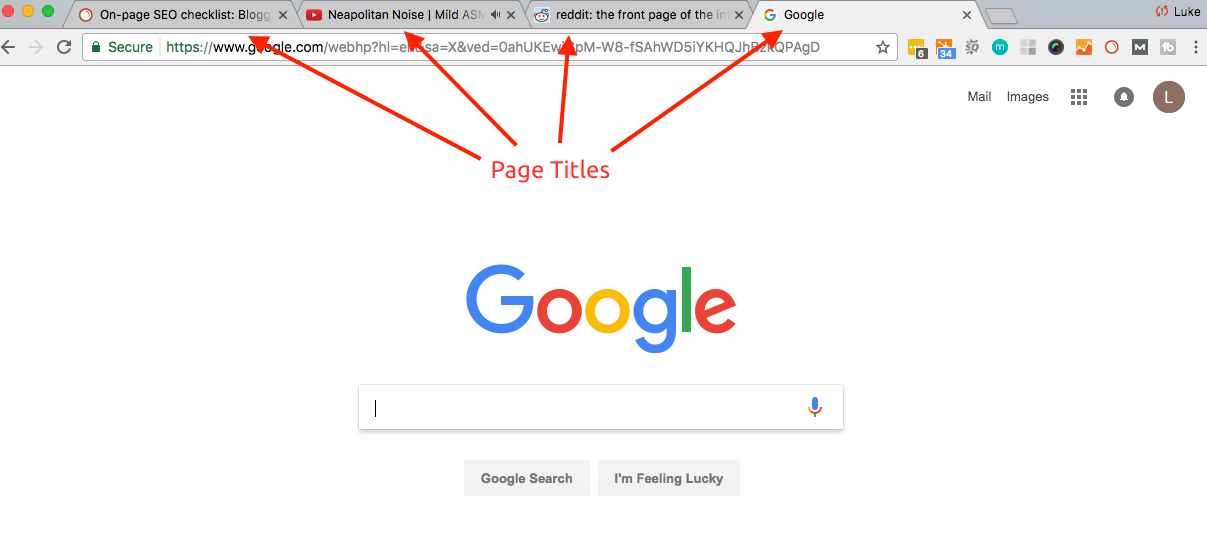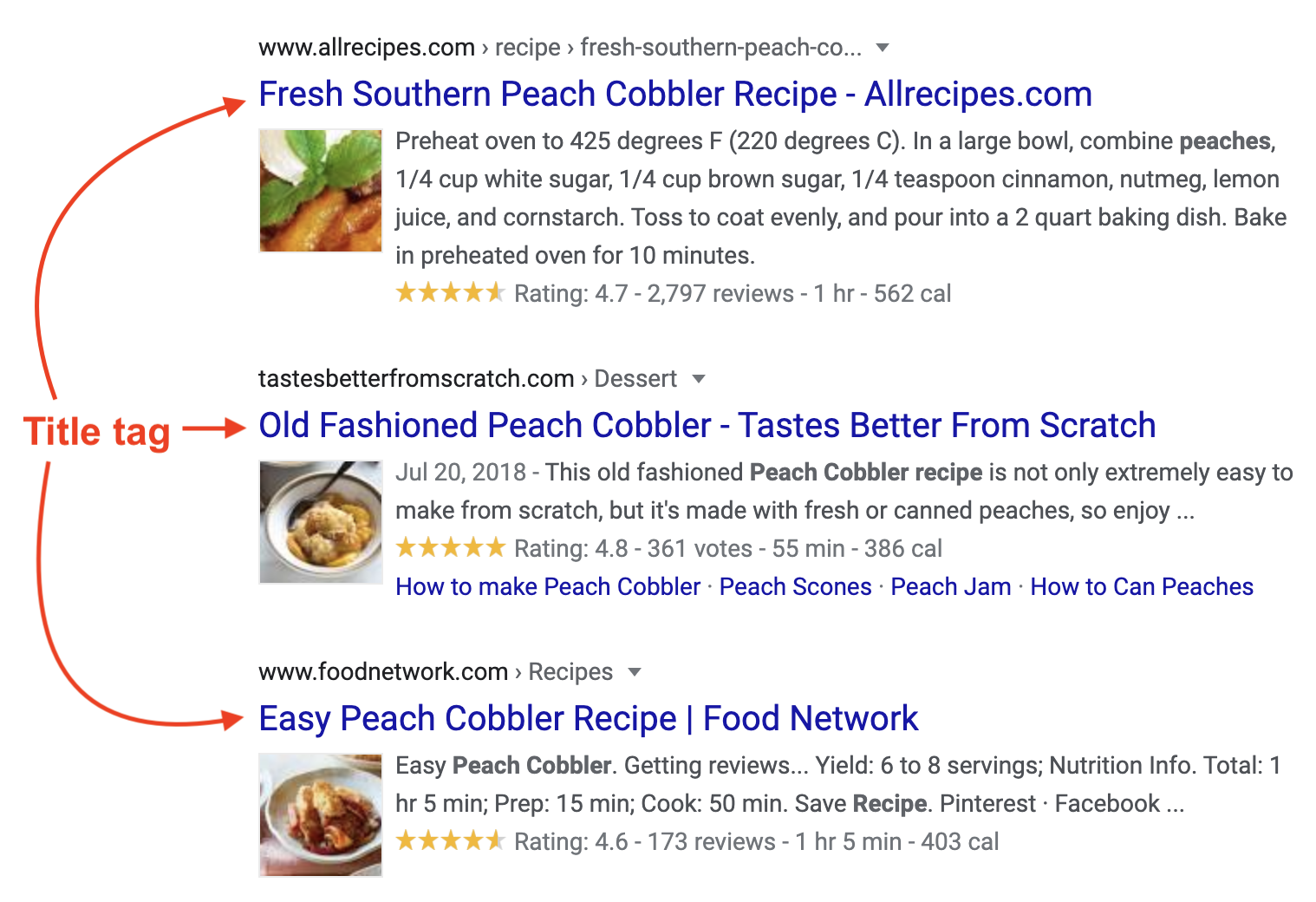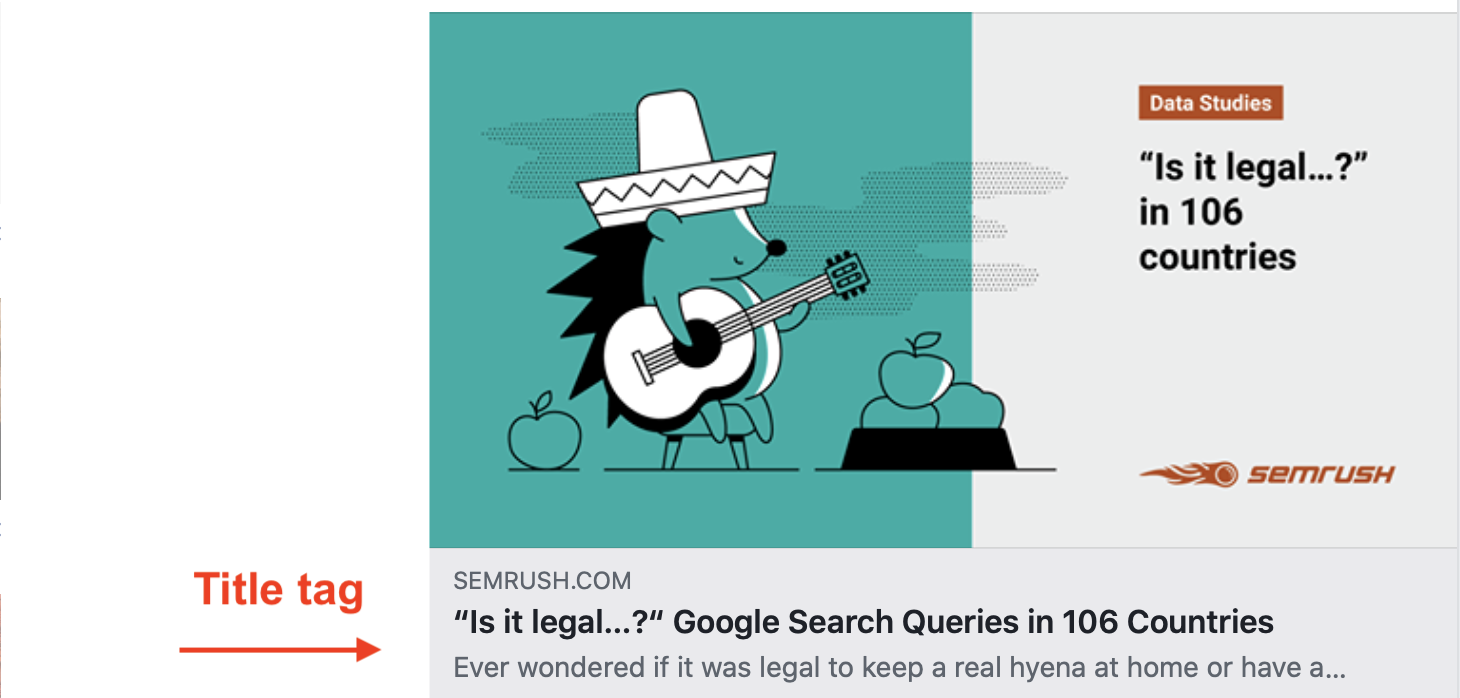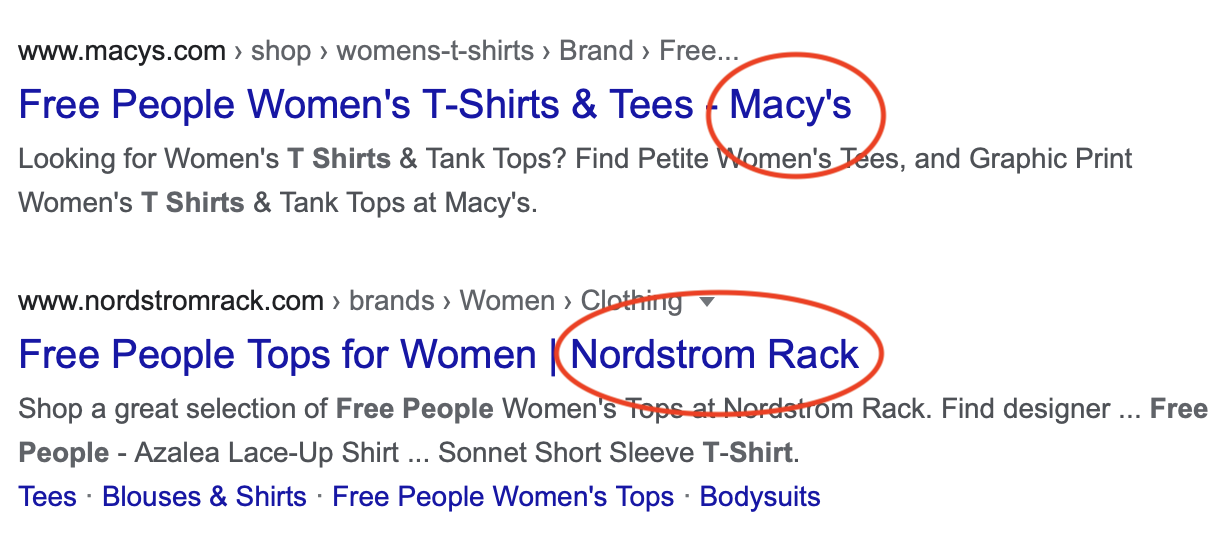How to Write Title Tags: An SEO Step-by-Step Guide
Want to improve your website’s SEO? One of the commonly overlooked aspects is title tag optimization. If you can learn all of the little ways to optimize them, you have the potential to see a significant improvement in your website’s organic search visibility.
Whether you are looking to improve the SEO of your website, or increase the impact of a content marketing strategy, optimizing title tags is an important step. This article will talk about best writing practices and how your titles can influence rankings and CTR (click-through rate) in search results.
Quick Note: Title tags are also often called Page Titles. You might also hear them referred to as Website Titles or HTML titles.
The title tag is the clickable title of a webpage that appears with the result on the SERP (search engine page results page). To set a page title, use the <title> tag in the HTML around your text.
<head> <br/> <title>This is My Title</title><br/></head><br/><br/><br/>
Most content management systems like WordPress have forms to automatically set <title> tags around the page titles on your website when creating new pages.
Title tags tell people and search engines the topic of the webpage. They also tell search engines an estimate of how relevant a page is to a searcher’s query. For this reason, title tags, or page titles, should be as accurate and relevant to the page’s content as possible.
In addition to your own website, your page titles will actually appear in a few other places you should be aware of. If you are trying to bring attention to your website from search, you need a title that works everywhere it appears.
1. Browser tab.
The title tag is the text that appears on the tab of your browser. For this reason, your page title should be able to remind visitors about the content of your page in a simple and memorable manner.
 Title tags will appear in browser tabs.
Title tags will appear in browser tabs.
2. On the Search Engine Results Page (SERP).
The page title also appears on the results page after being indexed by a search engine. On Google, the title tag is the blue link of text that can be clicked to navigate to the website. For this reason, you want your title tag to act as a headline and entice searchers to click on your result.
 Title tags on a SERP.
Title tags on a SERP.
3. On External Websites.
Often, external websites and social media profiles will link to a page using the Title Tag as the anchor text. Again, this is a reason you want your page title to clearly describe the content of the page.

Titles have a direct impact on a page’s CTR because the title is often the first impression of your link and where the user will place their mouse when clicking through.
This makes writing title tags an important SEO step because they should satisfy all search engine requirements and, at the same time, be attractive to users. Your title should describe what is on the page while including the target keyword, and also triggering an emotion or thought from the reader.
Principles that apply to writing a perfect headline will apply to writing your page titles as well. One of the points in the above article states the following:
“There are 3 basics of a good headline: numbers, simplicity and trigger words.”
A great headline grabs your attention and entices the reader to click or view the contents of the article.
Using words like HOW, WHAT, WHY, and WHERE help readers get an idea of what to expect on the page in terms of answering their questions.
Other common trigger words that catch the eyes of a reader include adjectives like BEST, REVIEW, ULTIMATE, etc.
You might wonder when it is appropriate to put the name of your company or brand in the title of a page. It depends on how it is used. If you have repeating titles with just your company name, it can hurt readability, CTR, and look repetitive if multiple pages on your site are returned for the same query.
For home pages, having a brand or company name in the title tag makes sense:

For service or product pages, you want the title tag to match what people may be searching for. Many companies choose to feature the item or service they are trying to sell and then add a company name at the end:

In the example above, you see the brand name "Free People," and also the name of the company selling the product. The brand name matches what customers are searching for, so it was wise to include it in the title tag. You should be focusing on getting people to click; only you can decide if your company name is needed.
Google truncates title tags that are longer than 55-60 characters long, and they have a 600-pixel width limit (but this can sometimes vary depending on the device being used).
Here is an example of title tag truncation occurring:

Side Note: the "SEMrush" at the end of the title tag was added by Google. They do this when someone includes a company/brand name in their query.
Example of a title tag with a proper length:

As you can see from the examples above, one title tag looks cleaner than the other. If you want to make sure your title tag is the right character and pixel length, there is a quick and easy to use free tool called SERPsim that will let you check your titles, meta descriptions and URLs. Here is what it looks like:
![]()
When SEMrush conducted a study on common on-page SEO issues, we found that the third most common on-site SEO issue was related to title tags. These issues included having duplicate title tags, titles that were too long, and titles that were too short.
Titles that are too long will not be fully displayed in search results, and titles that are too short don’t give search engine bots enough information to properly understand what the page is about.
If you have duplicate titles, it can confuse search engines about which page they should rank, leading to lower rankings for both your pages.
So, to avoid any problems with your page titles, make sure that your title tags are the right length and that they are unique to each page.
To test out your title tags, you can use the following online tools.
- SEMrush Site Audit — This SEMrush tool checks will help you identify problems on the website, while also showing you duplicate titles or meta descriptions on the website. You will also see pages that are missing title tags.
- Content Audit — This tool provides a table to analyze the content from a written text perspective as opposed to a technical SEO perspective like the Site Audit tool. After this tool has crawled the site, you can export the report to XLSX and have a file with all of the existing pages along with their titles and meta descriptions.
- Yoast Plugin for WordPress – This plugin checks your on-page SEO, offers suggestions for page titles and descriptions, and even features a snippet editor to test out how your result will look in Google.
To Sum Up
While improving the SEO of your site may seem like a huge undertaking at times, there are plenty of little ways that can improve your visibility. Title tags, URLs, and meta descriptions can all contribute to improving your click-through rates and SEO. For more on-page SEO tips, check out our on-page SEO checklist.
- Keep titles about 55-60 characters long
- Use target keywords in titles.
- Describe your page content in the best possible way.
- Use words like HOW, WHY, WHAT, and WHERE - help people understand what they will find on the page.
- Use words like BEST, REVIEW, and ULTIMATE - entice users to click.
- Write unique titles, no duplicates!
- Use your company name or brand wisely.
- Keep it simple.




0 Comments